‘Decaying, concrete nightmare’: Why this ‘stroad’ is ruining Sydney
It’s one of Australia’s busiest roads that’s been labelled a ‘hellish, concrete nightmare’ – here’s why a leading urban planner believes the “stroad” needs to change.
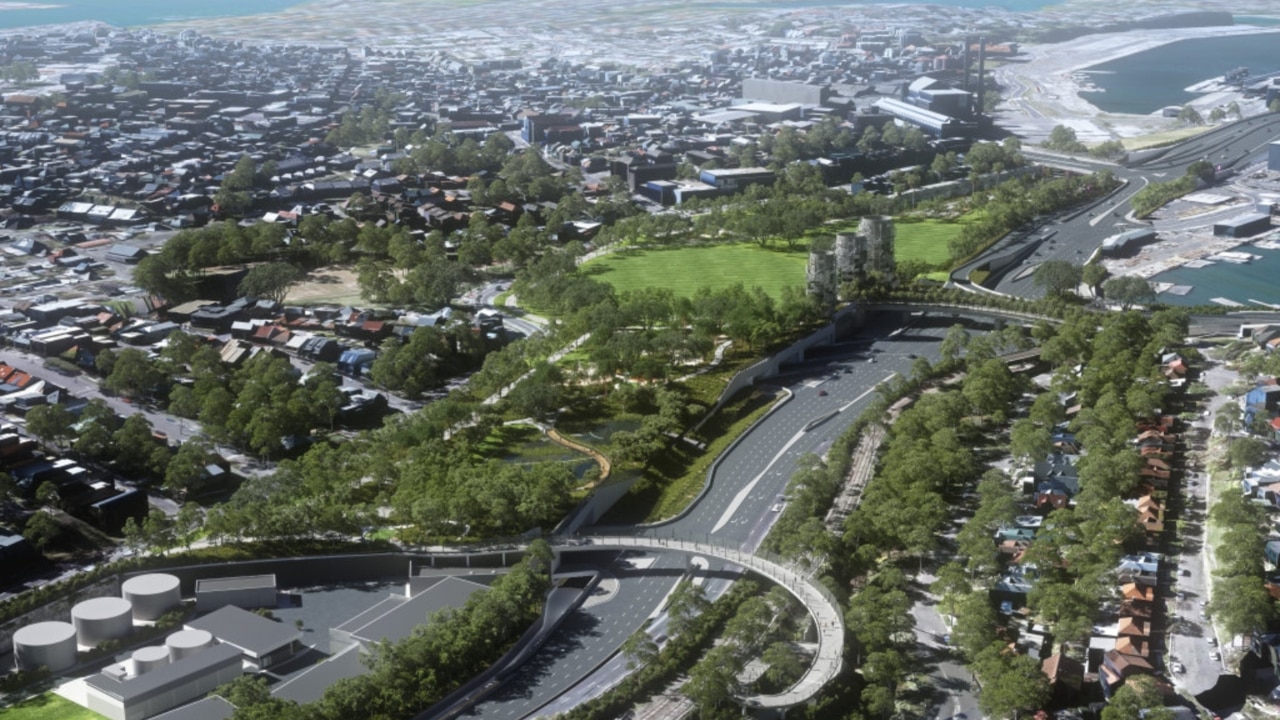
“A loud, polluted, car-filled, congested, unbearably hot, decaying concrete nightmare of a street.”
That’s how Sam Austin, a leading urban planner at JOC Consulting advocating for housing and friendly cities, labels Parramatta Road.
“A scar right through the heart our city,” he added, describing the arterial route connecting Sydney’s CBD with the heaving business hub of Parramatta in the city’s west.
“It’s trying to allow high-speed traffic through while also trying to be a destination for pedestrians, which gives you an uninviting space that doesn’t work for anyone.
“In the case of Parramatta Road, that means closed business after closed business after closed business.”
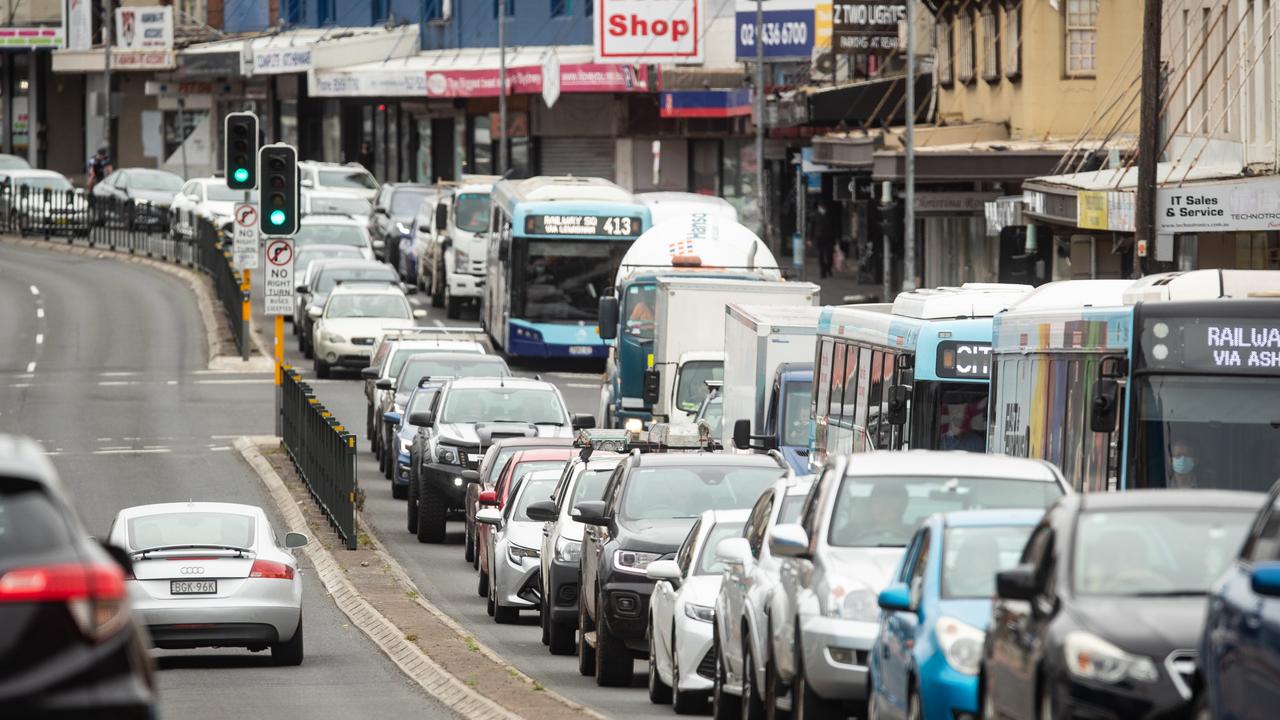
Many people in Sydney share the same opinion as Mr Austin, who recently expressed his concerns about the terrible state of Parramatta Road on social media.
They painted a picture of their own experiences of the road, describing it as “hellish” and even comparing it to a “highway with shops on it.”
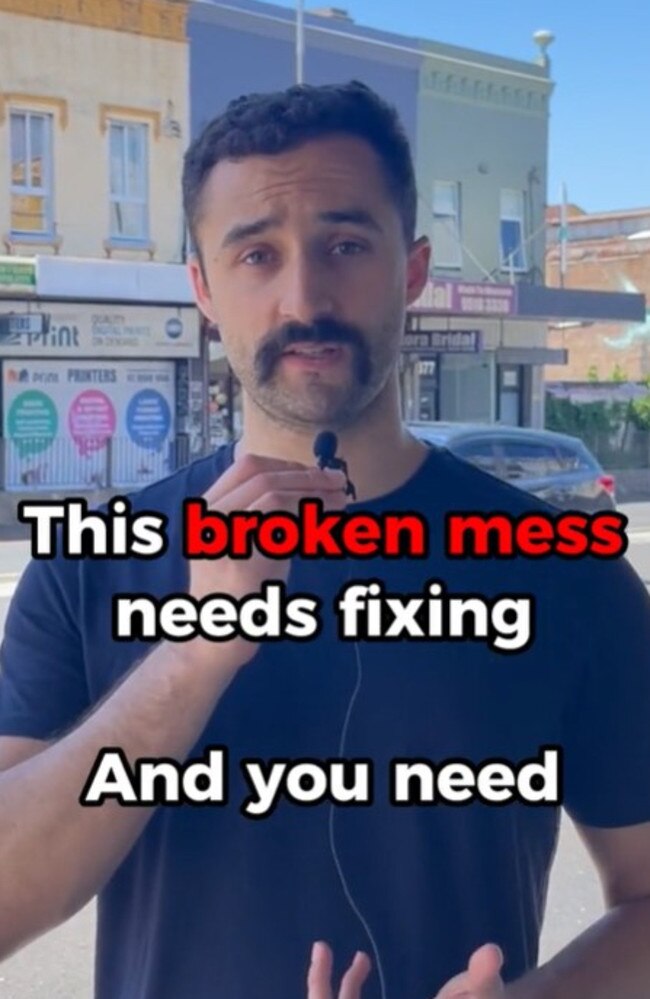
“It’s so haunted … why are there empty stores?” one asked Mr Austin on social media.
“It was thriving in the 80s … but they stopped street parking … so businesses couldn’t get non-local foot traffic,” said another.
One business owner even said her decision to open up a beauty salon along the major road in Stanmore was her “biggest mistake”.
So how did Parramatta Road become like this? According to Mr Austin, because it’s “the definition of a stroad.”
What is a stroad?
A stroad is a type of thoroughfare that is typically an unplanned mix between a street and a road that toils with capturing the essence of both, often failing.
Stroads, a common US planning schtick, are wide arterials that provide access to car-oriented businesses like malls and drive-thrus.
Sydney stroad Parramatta Rd, for the most part, offers three lanes in each direction with speed limits of 60 km/h with the occasional 40 km/h zone in dense business areas.

Businesses are peppered along Parramatta Rd, which links the western suburbs of its namesake to the Sydney CBD at Broadway, but many cling on for life.
Mr Austin described a stroad: “a term that urban planners have been using for the past few decades to describe these awful hybrids of streets and roads.”
“Streets are places for people to spend time. It’s where you get to interact with businesses and other non-retail users; they’re pedestrian-orientated, and you can walk up and down them.
“There’s outdoor dining, they’re really pleasant, and the best bits of our city and a road is obviously a place for cars.
“Roads are designed to allow traffic to move easily from point A to point B.
“They’re fast moving, free of obstacles, and supposed to be efficient.
“The nightmare of a stroad is what happens when you mix these two things together.”
But this particular Australian stroad is also characterised by a business graveyard littered with empty shopfronts.
How did Parramatta Road wind up becoming a Parramatta Stroad?
Mr Austin believes Parramatta Road fell victim to a “retrofitting” to meet the car-centric planning of the 60s and 70s on existing older high streets.
“Sydney high streets were originally built quite similar to European cities, very focused around pedestrians and public transport,” he explained.
“The worst offenders of the stroads were where we used to have a tram running through the middle of them in the 1950s.”
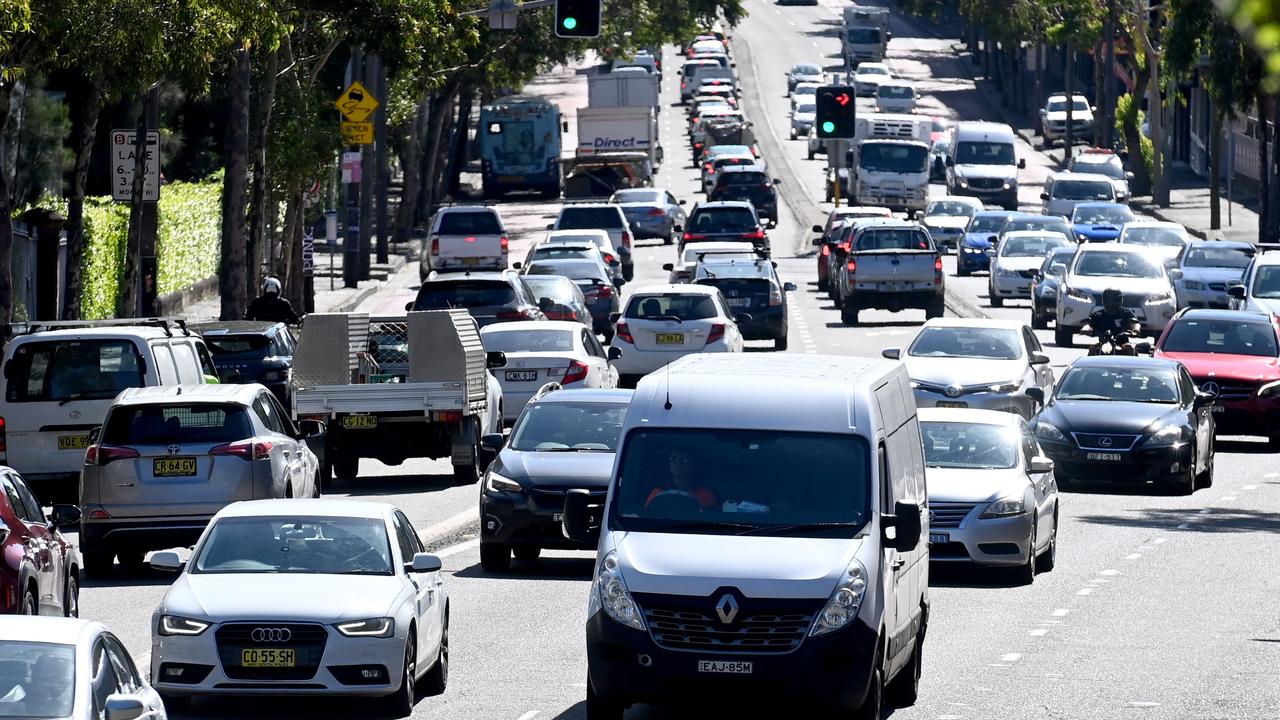
“We built these European high streets for pedestrians to move around being this very communal place, but then we got rid of all the things that made it a communal place and made it a very car-centric place.”
What’s left is a hostile, often fatal environment for businesses.
“On Parramatta Road, there’s so many vacancies, and a lot of it has to do with the fact that when you convert a place into a stroad, it’s no longer a destination; it feels like a thoroughfare; there’s nothing sticky pulling you into that space,” he said.
“Once you get past 40km/h, your brain can no longer really comprehend what you’re driving past and take in those shopfronts and what’s happening.”
Can Parramatta Road be revived?
Mr Austin said the recently completed WestConnex draws commuter traffic off Parramatta Road, potentially allowing lanes to be reclaimed for urbanisation.
And there have been plenty of ideas for a facelift while also addressing the city’s perilous housing crisis.
A 30-year development plan to revitalise the Parramatta Road Corridor has recently entered its final planning stages.
The Parramatta Road Corridor Urban Transformation Strategy, which began in 2016, is a major project that covers land from Granville to Camperdown and looks to build over 27,000 new homes and create 50,000 new jobs.
Inner West Council has unveiled finalised plans for the $198 million redevelopment of the Parramatta Road Corridor, connecting Leichhardt, Taverners Hill, and Kings Bay in 2023.
The proposal aims to establish 4533 new homes by 2050. It also includes plans for new or improved urban plazas, walking and biking tracks, and transportation networks to discourage driving.
Leichardt will see the biggest increase in homes with 2259 potential new dwellings, with Taverners Hill expected to see 1759 homes. At the same time, Kings Bay will see an additional 515 houses if the plans come to fruition.
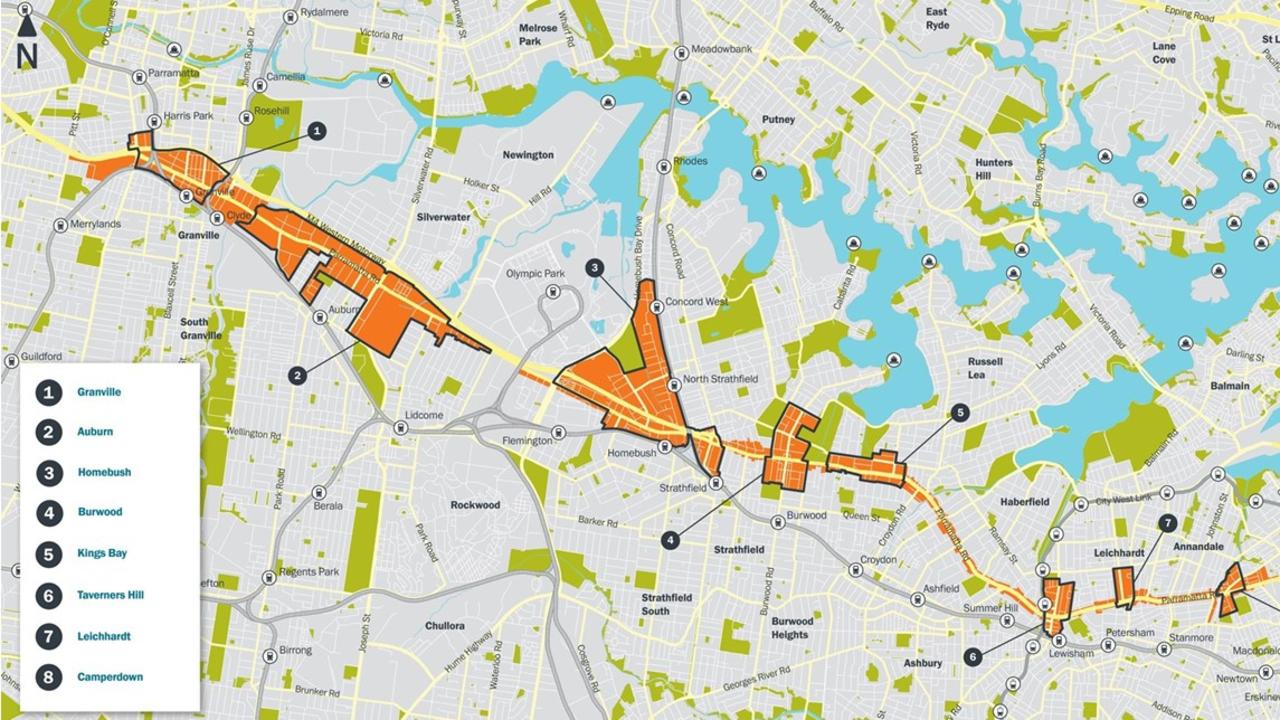
Planners for the project announced that a percentage of the housing units will be made affordable for households with very low, low, and moderate incomes.
Another radical proposal that was aired last year involved extending the light rail network along Parramatta and Victoria roads, which promised to breathe more life into the road.
The Three Roads: A Solution to Sydney’s Perfect Housing Storm report, released in 2023 by Business Sydney, Business Western Sydney, and the Housing Industry Association, suggests transforming the neglected precincts through a light rail route from Parramatta Road to Central.
According to the report, this initiative would alleviate traffic congestion and stimulate significant housing investment and population growth.
The proposal recommended demolishing decaying buildings, shuttered shops, and used car yards along Parramatta Road, envisioning a “George Street-like urban renewal” that would result in the construction of 75,000 homes, primarily in medium-density developments.
While acknowledging the potential, the report cautioned that the lengthy planning approval process and resistance from local councils posed significant challenges.
However, Transport Minister Jo Haylen’s spokesman dismissed the idea of extending the light rail.
Mr Austin said the journey to overcoming the stroad doesn’t necessarily need to be expensive or lengthy as he preached the values of “tactical urbanism”.

“These are very, very expensive proposals, but you don’t have to go for these super expensive routes; there are smaller ways to do it,” he said.
“Just closing off the line, putting some paint down and putting some street furniture out, makes such a big difference.
“It can really start to get people thinking “Oh, maybe we don’t need to just get everything over to cars – Maybe we should have a few more pedestrian things.”
“So yeah, a light rail down Parramatta Road – Fantastic – pretty expensive, but there are smaller ways to go about this change.”




